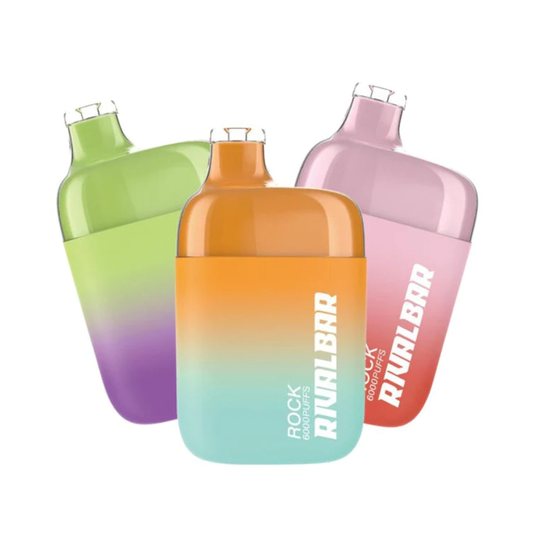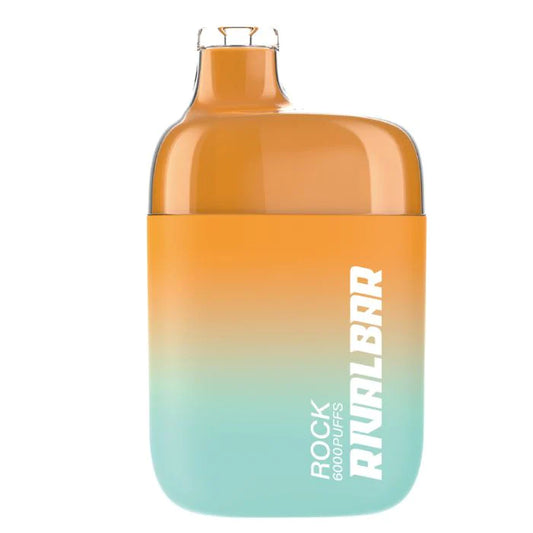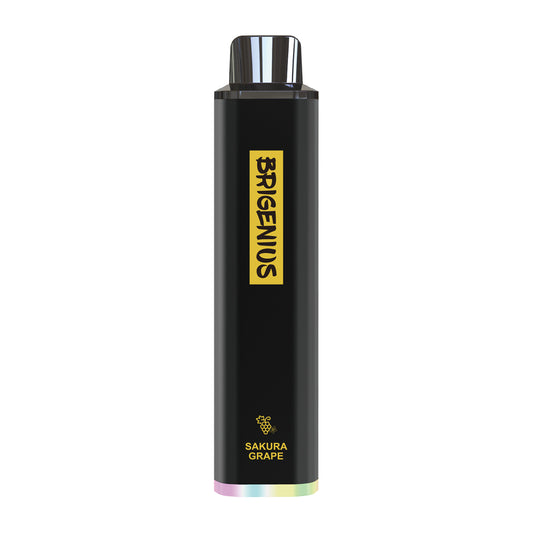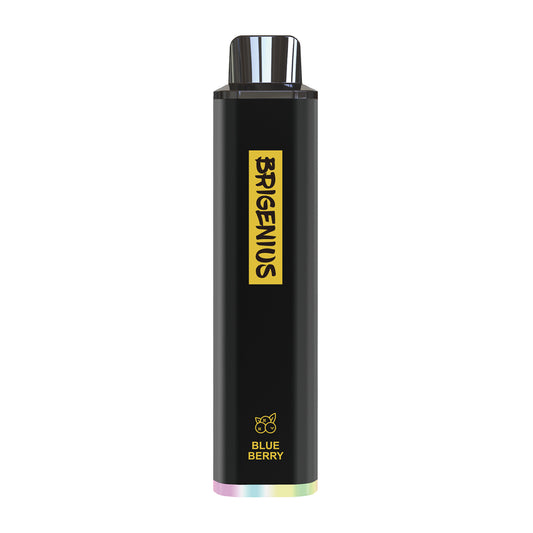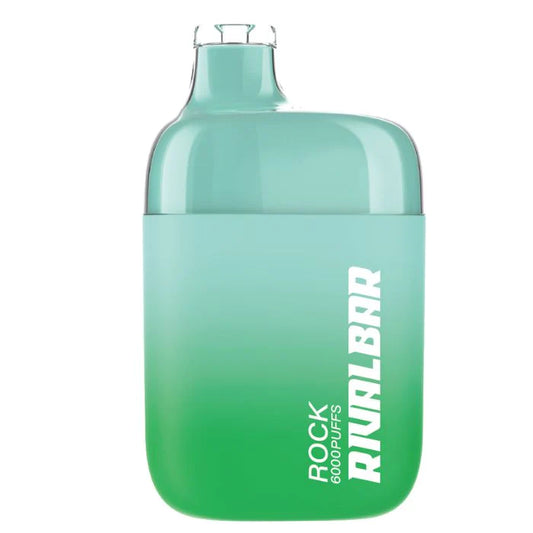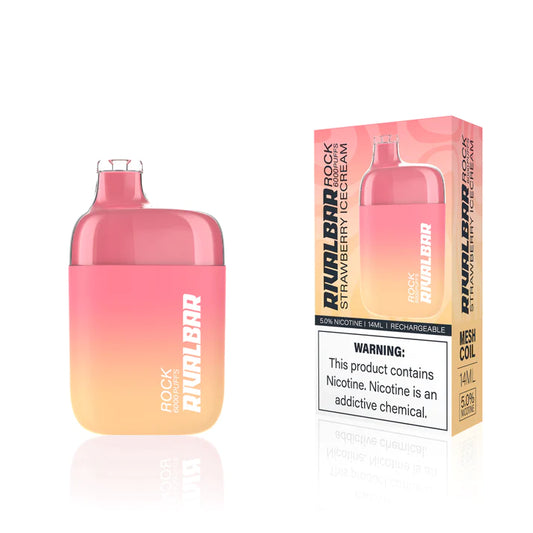
E-Liquid Ingredients: What's Inside Your Vape Juice?
Vaping has become a popular alternative to traditional smoking, and one of its essential components is e-liquid, also known as vape juice. But have you ever wondered what goes into this liquid that produces the clouds of vapor and delicious flavors? In this blog post, we'll dive into the key ingredients found in e-liquids and understand how each plays a role in creating your vaping experience.
1. Propylene Glycol (PG)
Role: PG is one of the primary base liquids in e-liquids. It's known for its ability to carry flavor effectively and produce a throat hit similar to that of traditional tobacco smoking.
Safety: PG is generally recognized as safe (GRAS) for consumption by the FDA and is commonly used in various food and pharmaceutical products.
2. Vegetable Glycerin (VG)
Role: VG is another base liquid used in e-liquids. It's thicker than PG and is responsible for producing dense vapor clouds. VG also contributes to the sweetness of the e-liquid.
Safety: VG is also considered safe for consumption and is widely used in food and cosmetic products.
3. Nicotine
Role: Nicotine is an optional ingredient in e-liquids and is responsible for the addictive quality of traditional cigarettes. Vapers can choose nicotine levels, ranging from 0% (nicotine-free) to higher concentrations to match their preferences.
Safety: Nicotine is addictive and should be used with caution. It can have adverse effects on health, especially in high concentrations.
4. Flavorings
Role: Flavorings are what make vaping enjoyable. They are responsible for the various tastes and aromas in e-liquids. These can range from traditional tobacco flavors to a wide array of fruity, dessert, and beverage-inspired choices.
Safety: Flavorings used in e-liquids are generally recognized as safe for ingestion but may not be safe for inhalation in all cases. It's important to choose e-liquids from reputable manufacturers that use safe flavorings.
5. Distilled Water
Role: Distilled water is occasionally used to thin out e-liquids, making them less viscous. This can improve wicking in certain types of vape devices.
Safety: Distilled water is safe for consumption and generally considered safe for use in e-liquids when used in small quantities.
6. Additional Additives
Role: Some e-liquids may contain additional additives such as sweeteners or coolants (menthol or mint) to enhance flavor or provide a specific vaping experience.
Safety: The safety of additional additives can vary, so it's essential to choose e-liquids from reputable manufacturers who disclose their ingredients.
In conclusion, e-liquids used for vaping primarily consist of propylene glycol (PG), vegetable glycerin (VG), nicotine (optional), flavorings, and, in some cases, distilled water and additives. Understanding these key ingredients can help you make informed choices about the e-liquids you use, whether you're looking for a specific flavor or adjusting your nicotine intake. Always purchase your e-liquids from reputable sources to ensure quality and safety in your vaping experience.


